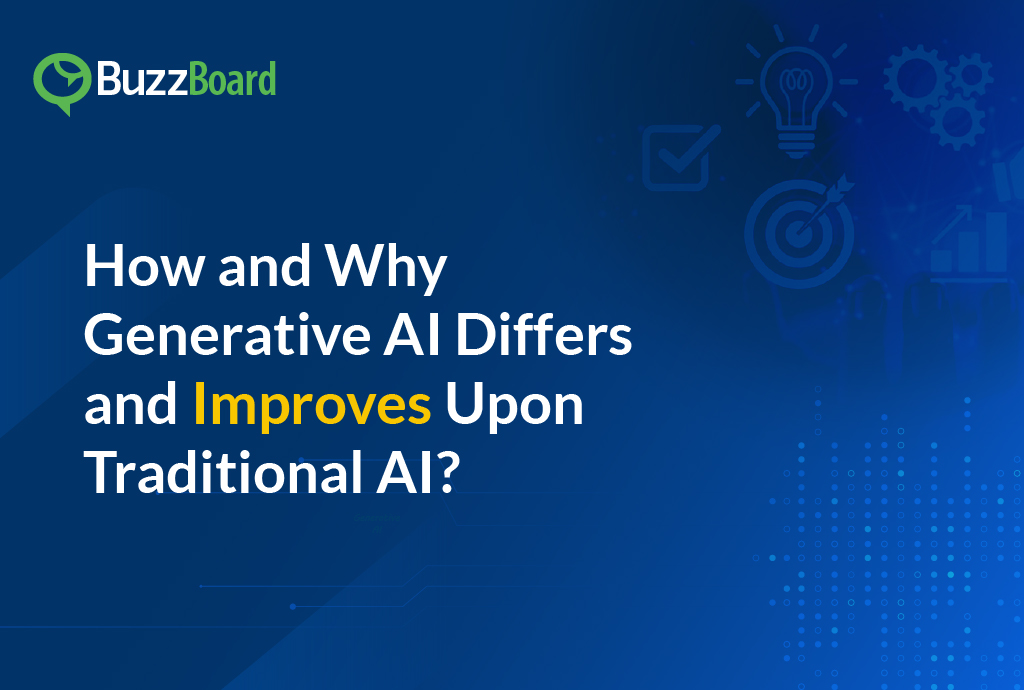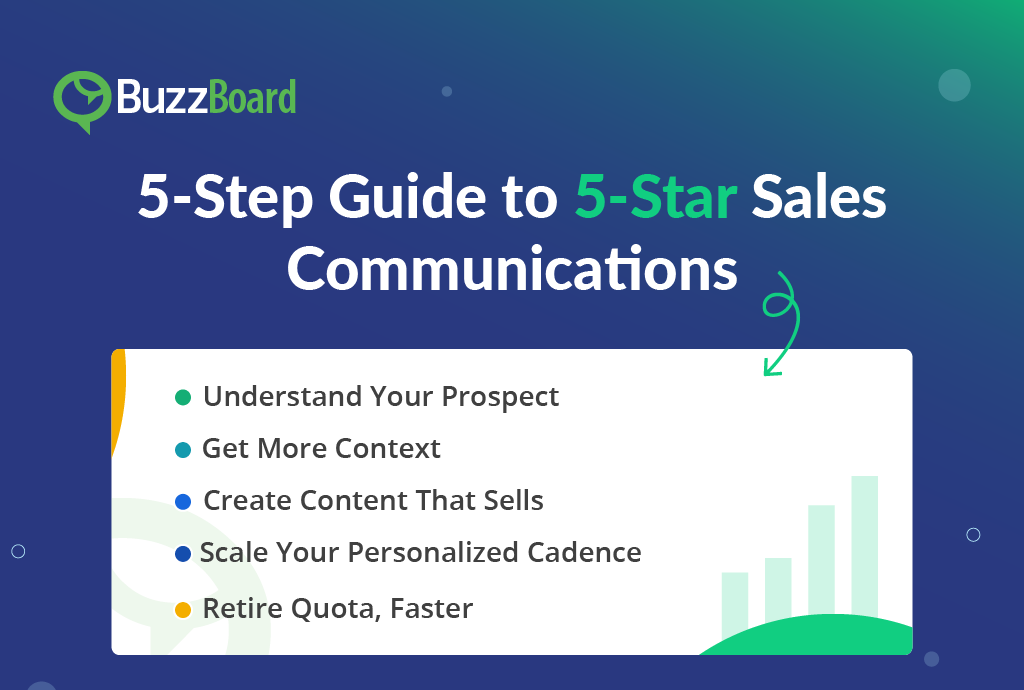In the captivating realm of artificial intelligence, innovation never ceases to amaze. Picture this: two mighty contenders stepping into the arena, each with its own unique charm and capabilities. In one corner, we have the seasoned veteran, traditional AI, strutting its stuff with predefined rules and patterns. And in the other corner, the young prodigy, generative AI, ready to unleash its boundless creativity upon the world.
Although AI hype cycles have waxed and waned over the past several decades, we’ve seen something remarkable within the past year or so. The whole world became so familiar and fascinated with generative AI in such a short time that it has already attracted huge investments and caught the popular imagination.
Surely, we all are catching the vibe that generative AI is loaded with potential and can act as the guardian angel for businesses across industries. So, in what ways does generative AI tower over past AI technologies and use cases? Today, let’s return to the basics and go easy on one of the most raging topics in our sphere!
The Old Guard Keeping Things in Check
Imagine an AI that’s been around the block—one that’s reliable, efficient, and gets the job done using a set of predefined rules and patterns. This is where AI of the past shines. Armed with massive datasets and powerful algorithms, it’s the engine behind recommendation systems, fraud detection, and even self-driving cars. It’s all about input, processing, and output, following the meticulously designed path set by human programmers. Traditional AI has undoubtedly changed the game, but as the technology landscape evolves, a new contender steps onto the stage.
Generative AI: Where Imagination Meets Code
Our inquisitive mind wanted to know what generative AI is from the horse’s mouth, and here’s what ChatGPT 3.5 has to say about it, “Generative AI refers to a category of artificial intelligence that focuses on creating content, data, or outputs that are not explicitly programmed but are generated based on patterns learned from large datasets. Generative AI models, such as GPT-3 (Generative Pre-trained Transformer 3) developed by OpenAI, are trained on massive amounts of text, images, or other types of data. These models learn the underlying patterns, styles, and structures present in the training data and can then generate new, coherent content in a variety of formats. For instance, generative AI can create realistic text, produce images from textual descriptions, compose music, or even generate entire conversations.”
In other words, this digital sorcerer holds an uncanny ability to create, compose, and imagine. In contrast with its rule-bound counterpart, generative AI is designed to produce content rather than follow a predetermined script. There’s no doubt that generative AI is the muse of the digital age, revolutionizing creativity and pushing the boundaries of what’s possible.
The Clash of Titans: Traditional vs. Generative AI
As we traverse the ever-evolving landscape of AI, we’re witnessing a remarkable shift from rigidity to fluidity, from predictability to creativity. Traditional AI, often referred to as narrow or rule-based AI, has laid the foundation, fostering practical applications that have transformed industries. However, it falls short when dealing with complex and creative tasks that require human-like intuition and creativity. And this is where generative AI comes into play.
Generative AI, powered by advanced models like GPT-3, leverages vast amounts of data to learn and mimic human-like cognitive processes. It can generate text, images, music, and more, with a level of creativity that was previously unattainable with traditional AI methods.
But how does it work?
“Unlike traditional AI, which relies on rules and explicit instructions, generative AI utilizes neural networks and deep learning techniques to understand and mimic human-like cognitive processes.”
—ChatGPT 3.5
Evidently, further studies can unravel more on how this AI subset functions. But we’ve captured something interesting from ChatGPT 3.5 that might answer some of our questions…,“The power of generative AI lies in its ability to capture the nuances of human creativity and expression, enabling it to produce content that can be indistinguishable from something created by a human. However, it’s important to note that while generative AI can be remarkably creative, it doesn’t possess consciousness or true understanding—it generates content based on learned patterns without genuine comprehension.”
BuzzBoard Uses Generative AI to Create
Hyper-personalized Sales Conversations
We’re leveraging generative AI, which has brought unprecedented power to produce great content with a personal touch for sales and marketing focused hyper-personalization.
Long ago, we established ourselves as a leading B2SMB provider of SMB account intelligence data products and robust integrations to sales platforms, such as Salesforce, Zendesk Sell, Hubspot, and others. Using the uniqueness and depth of our SMB data, we now integrate the AI/LLM model into our platform to take hyper-personalized sales conversations to unfathomable heights!
With our years of wisdom and experience in SMB account intelligence, we believe personalized content is the future of sales and marketing and that the one-size-fits-none-template approach is dead. Generative AI and data-led conversations can help minimize wasted time spent on mundane tasks and with hyper-relevant content, make buyer-seller conversations more human.
This isn’t about turning sellers into robots. Instead, utilizing generative AI serves as a form of sales enablement for reframing conversations around the buyer’s perspective.
In the dynamic landscape of AI, the clash between traditional AI and generative AI underscores a fascinating journey from rigid rules to boundless imagination. Traditional AI shines as a reliable workhorse for well-defined tasks, following instructions with unwavering precision. Yet, it is generative AI that emerges as the sorcerer’s apprentice of the digital age, conjuring creativity and innovation from the depths of data. As we navigate the realms of AI, remember that in the tussle between tradition and imagination, it’s the fusion of both that propels us towards a future where technology transforms into a genuine partner in human ingenuity.








